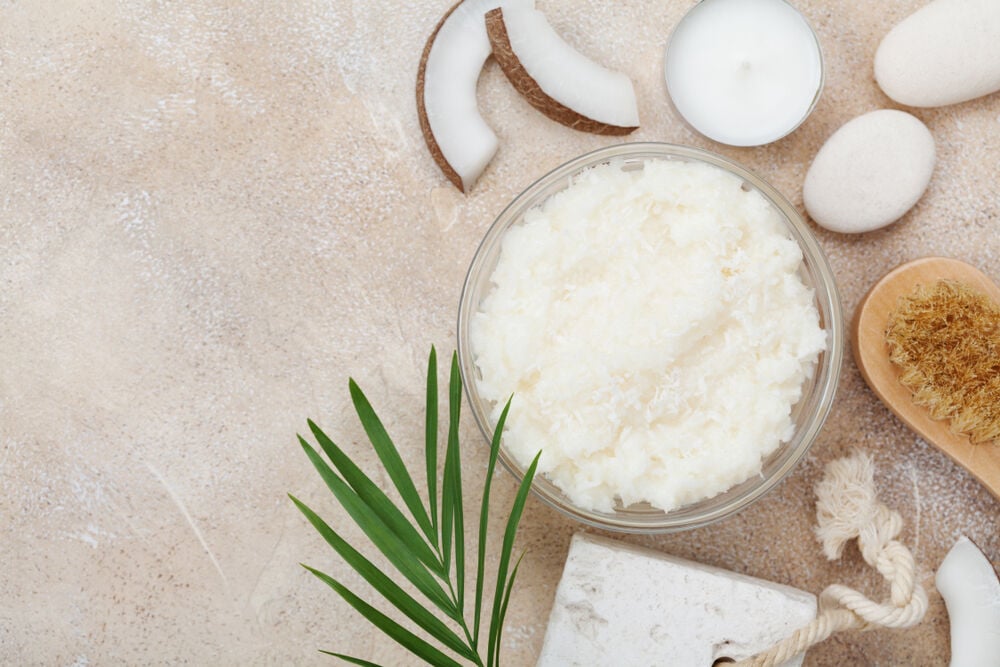A lot of us are familiar with stretch marks on breasts because most people have them. Stretch marks are a normal reaction of the skin in response to a variety of factors. Let’s take a closer look at the most popular questions on stretch marks.
-
Tracking cycle
-
Getting pregnant
-
Pregnancy
-
Help Center
-
Flo for Partners
-
Anonymous Mode
-
Flo app reviews
-
Flo Premium New
-
Secret Chats New
-
Symptom Checker New
-
Your cycle
-
Health 360°
-
Getting pregnant
-
Pregnancy
-
Being a mom
-
LGBTQ+
-
Quizzes
-
Ovulation calculator
-
hCG calculator
-
Pregnancy test calculator
-
Menstrual cycle calculator
-
Period calculator
-
Implantation calculator
-
Pregnancy weeks to months calculator
-
Pregnancy due date calculator
-
IVF and FET due date calculator
-
Due date calculator by ultrasound
-
Medical Affairs
-
Science & Research
-
Pass It On Project New
-
Privacy Portal
-
Press Center
-
Flo Accuracy
-
Careers
-
Contact Us
Stretch Marks on Breasts: Why They Appear and How to Treat Them


Every piece of content at Flo Health adheres to the highest editorial standards for language, style, and medical accuracy. To learn what we do to deliver the best health and lifestyle insights to you, check out our content review principles.
Why do I have stretch marks on my breasts?
Stretch marks on the breasts may be quite common among teens. While many females get stretch-marked breasts when they’re pregnant, some develop them in their teens. This normal reaction of the skin happens when a person’s body is growing.
But why do we get stretch marks? These marks may appear on our breasts when the skin, including the collagen fiber, stretches. The severity of the stretch marks will depend on several factors such as hormones (cortisol levels), the intensity and duration of stress on the skin, and genetics.
While some stretch marks on breasts are barely visible, some are more noticeable.
Here are some common causes of stretch marks on breasts:
Take a quiz
Find out what you can do with our Health Assistant
Pregnancy
Pregnancy may be one of the most common contributors to red stretch marks on the breasts and belly. About two months into a pregnancy, a person’s breasts will begin to grow because of increasing female sex hormones in the body. Causing some tenderness, the breasts will begin to prepare for milk production as early as the first trimester. This sudden increase in breast size can result in stretch marks.

Puberty
For teenagers, the most common reason for red lines on breasts or stretch marks is puberty, when you’re experiencing accelerated growth. Other developments during puberty include menstruation and changes in body hair.
Weight gain and loss

One of the main causes of stretch marks on breasts involves gaining and losing weight rapidly. These stretch marks usually appear on the thighs and arms as well as the breasts. If you are expecting, consult a health care provider on healthy weight maintenance.
Other causes
Aside from these common causes, there are other reasons why some women may develop stretch marks on their breasts.
- With hereditary factors or a hormonal imbalance like Cushing’s syndrome, your body produces too much cortisol. This can cause red or purplish stretch marks on your breasts.
- Dehydration can lead to the sudden appearance of red lines or marks on your breasts.
- Sometimes, birth control pills can trigger a sudden change in hormone levels, causing your body to develop stretch marks even if you aren’t pregnant or experiencing puberty.
How to prevent stretch marks
Stretch marks are normal and not a threat to your health. But if you want to minimize them, you can try some of the following tips. While it’s not possible to prevent stretch marks, there are a few things we can do to minimize their appearance.
- Maintaining a healthy weight is good for your body overall and can reduce the chance of getting stretch marks.
- Eating a healthy diet may help to protect your skin. If you lack certain nutrients — such as vitamins C, D, and E, zinc, or protein — you may be more prone to stretch marks.
- Using targeted stretch-mark oils or creams can minimize their appearance while you’re pregnant.
How to treat stretch marks on breasts
Some people might want to know how to get rid of stretch marks on breasts. There are some simple ways to try to minimize stretch marks, if you choose to do so. However, no method has strong evidence to support its effectiveness. Stretch marks may fade on their own, so it’s hard to assess the efficiency of these treatments.
Home treatment
Let’s take a look at some of the easiest and most targeted ways to minimize the visibility of stretch marks, wherever they appear on your body.
Massage
Massage can increase blood flow and the collagen production of our skin, allowing it to recover and helping stretch marks fade. It’s easy to do this — just massage your breasts in a circular motion before going to bed, with or without lotion.
Hydrate
Water supports our health in so many ways. With proper hydration, your skin will be less prone to developing stretch marks and signs of premature aging.
Exfoliate
Exfoliate once a week using an organic scrub to remove dead skin cells and boost your skin’s collagen production. Gently scrub in an upward or circular motion when exfoliating. Remember to moisturize afterward!

Medical treatment
While stretch marks on breasts can be addressed with home treatments, medical intervention with laser therapy, cosmetic surgery, or microdermabrasion techniques can help in some cases. A health care provider can offer advice about these treatments depending on the severity of the stretch marks, but the choice is ultimately yours.


Hey, I'm Anique
I started using Flo app to track my period and ovulation because we wanted to have a baby.


The Flo app helped me learn about my body and spot ovulation signs during our conception journey.


I vividly
remember the day
that we switched
Flo into
Pregnancy Mode — it was
such a special
moment.
Real stories, real results
Learn how the Flo app became an amazing cheerleader for us on our conception journey.
References
“Stretch Marks.” Mayo Clinic, Mayo Foundation for Medical Education and Research, 3 Jan. 2019, www.mayoclinic.org/diseases-conditions/stretch-marks/symptoms-causes/syc-20351139.
Ngan, Vanessa. “Stretch Marks.” DermNet NZ, 2003, dermnetnz.org/topics/stretch-marks-striae/.
Oakley, Amanda M. “Stretch Marks (Striae).” StatPearls, U.S. National Library of Medicine, 23 May 2020, www.ncbi.nlm.nih.gov/books/NBK436005/.
“Stretch Marks.” Mayo Clinic, Mayo Foundation for Medical Education and Research, 3 Jan. 2019, www.mayoclinic.org/diseases-conditions/stretch-marks/diagnosis-treatment/drc-20351144.




